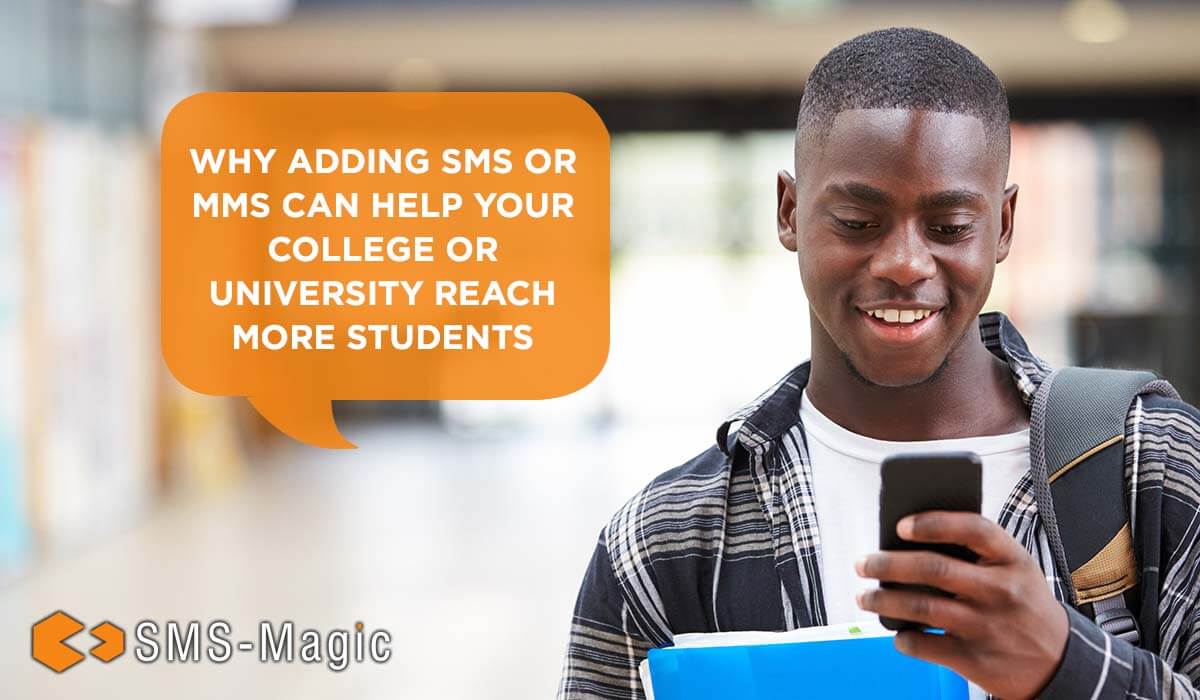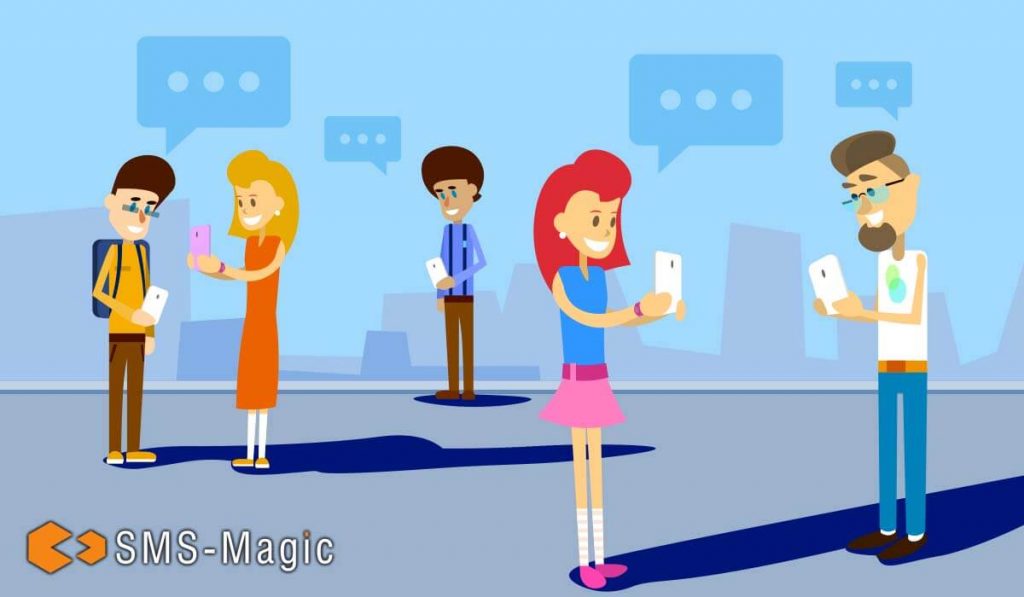
All it takes is 2 easy steps
If you're a winner, we will send you $100 Amazon gift card at Dreamforce!


Research shows that 12 is the average age Gen Z-ers received their first smartphone, compared to millennials who received their first smartphone at the age of 17, according to YPulse. Growing up with smartphones in hand, Generation Z’s digital expectations have been fashioned by the technology they’ve always had available to them, and many do not remember living without it. Consequently, when a brand doesn’t meet Gen Z’s expectations for seamless digital experiences, they don’t waste time navigating non-mobile communications. They simply move on.
Leveraging that behavior, colleges and universities can use SMS or MMS to capture the attention of incoming and current students in a way students will immediately understand and use. Students read most messages within three minutes, and they respond at a much higher rate to messages than they do to other communication channels. And if that isn’t enough to convince you to incorporate messaging into your digital marketing strategy, here is more information about how messaging can help you reach an audience of digital natives – your students.
Compared to most marketing channels, messaging is one of the most cost-effective methods and has the greatest ROI. While email and text campaigns are both affordable, text messages have a much greater open rate than emails, 98% and 20% respectively. The low per-message cost is an asset for colleges and universities, because text-message marketing is best executed with multi-message campaigns and follow-up messages.

Text messaging offers a level of convenience that can not only save your team time but allows students to read and respond to messages with minimal hassle. Most messages are opened within minutes of receipt, which makes SMS and MMS messaging an effective medium for timely communications, offers and reminders. It also means you get real-time alerts about the messages that have been received and opened, so your team can adjust its approach when needed.
We know texting has an edge with open and response rates, but it is also an effective channel for facilitating sales, event registrations, class enrollments and more. Where emails that try to prompt certain actions can often be mistaken for spam, text messages can move more students through the chosen pipeline.

Consider this scenario. Your university wants to send communications about financial aid applications to students who have been accepted but haven’t enrolled yet, and current students who still need to submit applications for the upcoming school year. The goal of this marketing initiative is both to build awareness of the financial aid resources available to students and act as a reminder for the students who are already aware of the resources but have yet to complete their forms.
When you send the information over email, some students may follow the action items all in one sitting: open the email, read the information, click on the links to complete the application, and finish/submit the application. But our paths are rarely that linear. Some student users will read the email one day, Google the information in a separate browser tab (without using the links in the email) and may even fill out the application in-person. That leaves marketing staff with a disjointed view of how their communications are influencing students.
With text messaging, the path is most likely to be linear thanks to short code keyword response options. As students respond “HELP”, “APPLY” or other quick replies, marketing teams gather better insights and engage in more student interactions.

While text messaging can be used to achieve many university objectives, it’s the most personal method to connect with students, which is key to building brand loyalty. Giving students the ability to communicate in a convenient and accessible channel helps cultivate trust, break down barriers and maintain personalization with each and every student.
Now that you know why to use SMS and MMS messaging, let’s talk about when to use it. The applications are limitless, but here are some ideas to get you rolling:
Just take a look at how SMS-Magic client, Northwest University, upped student engagement by 15x with messaging. This case study and others will give you plenty of inspiration on how you can use messaging at your institution.
Contact us to set up a free demo, or if you prefer to chart your own course, start your free trial today.
Stay updated on business text messaging
Text MAGIC for Demo to
USA: 36343
AUS: (61)409564682
UK & ROW: +44 7860017509
Email: care@sms-magic.com